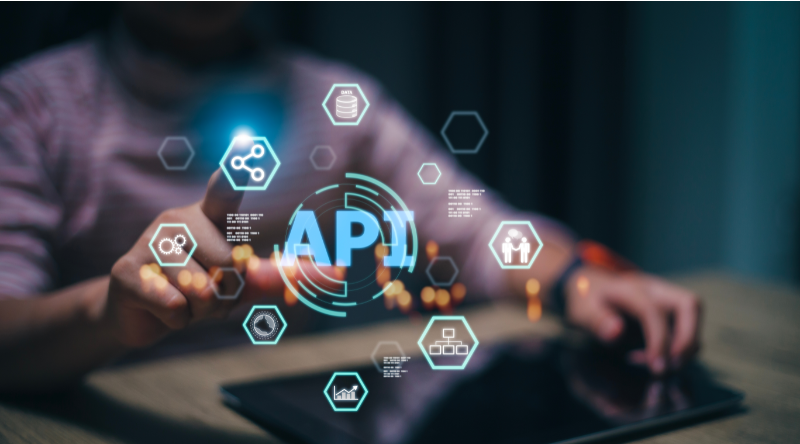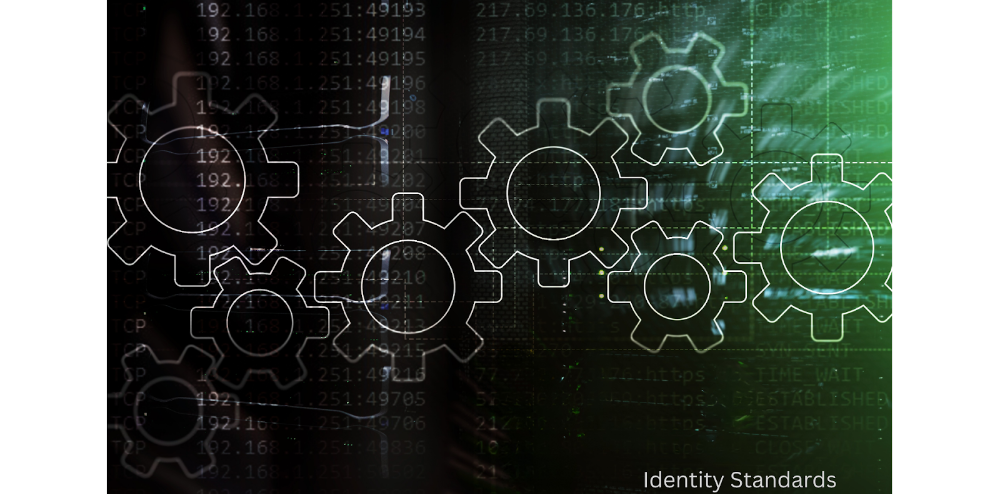As we head into 2025, big changes in technology are pushing both private and public sector leaders to adapt quickly. Rapid progress in AI, cybersecurity, and digital identity is reshaping how we operate and secure sensitive information.
At Cerby, we’re at the forefront of these changes. For this post, we gathered insights from our experts to help you prepare for the year ahead. Read on to see what Bel Lepe (CEO), Vidal González (CTO, Tech), Matt Chiodi (CTO, Trust), Tom Gissel (SVP Architecture), Andreína Samaniego (Eng Mgr), and Saul Ortigoza (Sr Architect) have to say!
AI Goes Mainstream
AI’s growth was the most common prediction shared by our leaders. In 2025, AI tools will no longer be confined to tech giants and startups. Industries like manufacturing, healthcare, and energy will increasingly adopt AI to streamline processes, boost efficiencies, and drive innovation. Samaniego sees this as a positive shift:
“Leaders should view AI tools as allies, not enemies. They should explore creative ways to deploy AI to improve specific business processes. It’s about using AI as an opportunity to drive productivity and streamline workflows.” - Andreína Samaniego
One of the most significant advancements will be the rise of agentic AI—autonomous agents capable of performing complex tasks such as managing workflows, security processes, and identity management. These agents will reshape business operations, particularly in AI-driven security, where they can reduce human error and enhance defense mechanisms.
“Agentic AI will move from theory to practical use cases, especially in security and back-office functions,” says Chiodi. “In identity security, for instance, companies will see cost savings by automating manual tasks, enabling greater productivity and adding value to their security programs.” - Matt Chiodi
Cybersecurity Faces New Risks
With the growing momentum of AI and quantum computing, cybersecurity will face new, unprecedented challenges. AI’s dual role as both a tool for strengthening security and a vector for advanced attacks will force organizations to rethink their defense strategies. AI-driven threats will become more accessible, lowering the barrier for attackers and increasing the need for proactive measures, as Lepe warns us:
“I think not enough people are talking about the fact we’re likely to see significant breaches caused by agents. As they currently exist, most agentic technologies require that you lower the security bar for agents. You can’t use Yubi keys or passkeys, because most of these platforms cannot support the higher-order security checks that you do for humans. I expect we’ll see bad actors exploiting this security gap.” - Bel Lepe
At the same time, quantum computing looms as a threat to current encryption protocols. As these capabilities advance, today’s encryption algorithms may become obsolete, putting sensitive data at risk. Gissel highlights the potential danger:
“When quantum computing becomes mainstream, the fear is that it could break encryption algorithms that would take regular computers an astronomical amount of time to crack. Quantum computing could do this in minutes or seconds. We need to be aware of this threat and pivot when the time is right, though these systems are still in their early stages.” - Tom Gissel
While the threat is not immediate, efforts to mitigate must begin now. For example, NIST Post-Quantum Cryptography Standardization is advancing encryption methods to counter quantum threats, but adoption remains limited. To protect personal, financial, and health data, industries must prioritize quantum-resistant encryption. Ortigoza cautions:
“Quantum computing will eventually surpass current encryption methods, leaving them vulnerable. As this technology evolves, we’ll need quantum-resistant encryption algorithms and consider risks like ‘store now, decrypt later,’ where bad actors could hold onto encrypted data until quantum computers are capable of breaking it. This is a problem that we need to start thinking about now.” - Saul Ortigoza
Digital Identity Fragmentation
As individuals and organizations interact across a growing number of digital platforms, managing digital identities will become more complex. Managing an increasing number of systems, credentials, and verification methods presents numerous challenges. González views Cerby as a solution to this fragmentation:
“Customers want seamless integration of all their apps, especially in enterprise environments with legacy systems. We have seen this with Cerby customers. Instead of legacy apps being left behind, as has been done, companies now have the opportunity to protect all their apps in a secure and streamlined way.” - Vidal González
AI-driven identity management systems will play a pivotal role, simplifying user interactions and reducing digital identity fragmentation and the complexity of managing multiple digital identities. Lepe predicts that AI will play a central role:
“AI introduces a new interface where we no longer interact with individual application UIs. In the future, we could have a single portal that handles all the searching for us. That’s one of AI’s most interesting aspects—it could simplify identity management in ways we haven’t seen before.” - Bel Lepe
Looking Ahead: The 2025 Tech Landscape
2025 promises to be a year of technological transformation, driven by AI’s growing influence across industries. The rise of AI presents both opportunities and challenges for digital identity and cybersecurity, forcing companies to adapt quickly to emerging risks and evolving customer expectations. Leaders must prioritize:
- Integrating AI to drive efficiency and enhance security protocols.
- Strengthening defenses to address evolving threats like AI-driven attacks.
- Simplifying identity management to reduce friction while maintaining robust defenses.
Organizations that embrace innovation and fortify defenses will not only adapt but thrive in this evolving landscape.
Ready to discover how Cerby can help you secure any app in your organization, no matter how disconnected? Join us on February 5th for a webinar with Matt Chiodi, where we'll show you how to extend Zero Trust principles to disconnected systems, ensuring strong authentication and access controls across legacy, cloud, and third-party applications.



